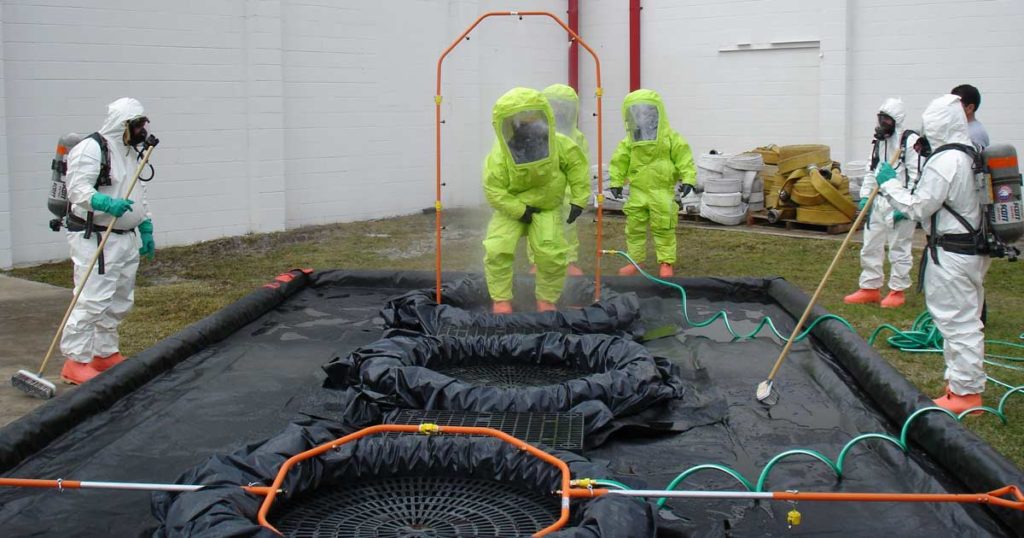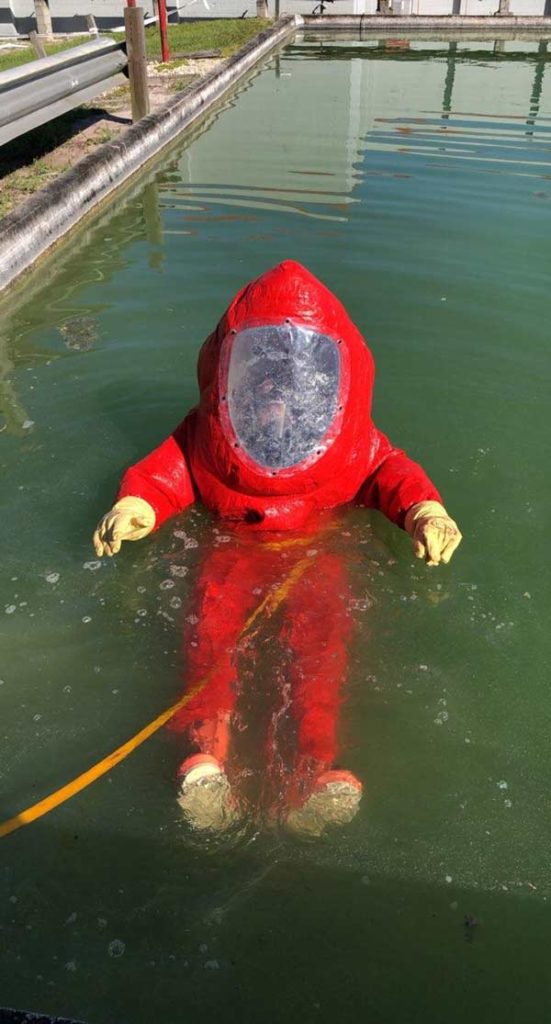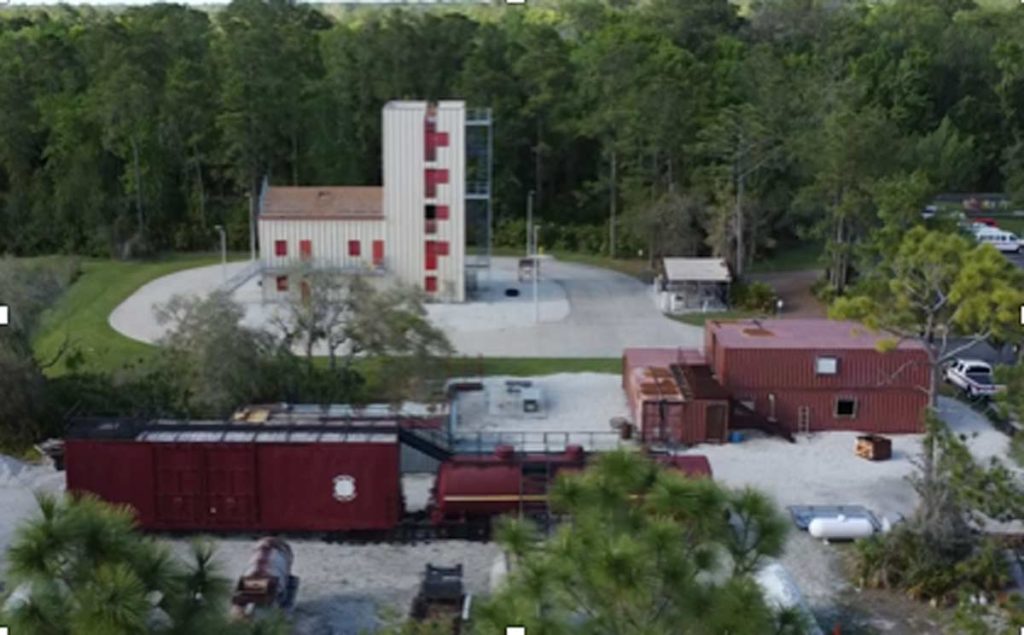Central Florida’s Seminole County has nearly 500,000 residents protected by the Seminole County Fire Department. SCFD has more than 450 personnel across 20 stations, with four municipal fire departments within the county.
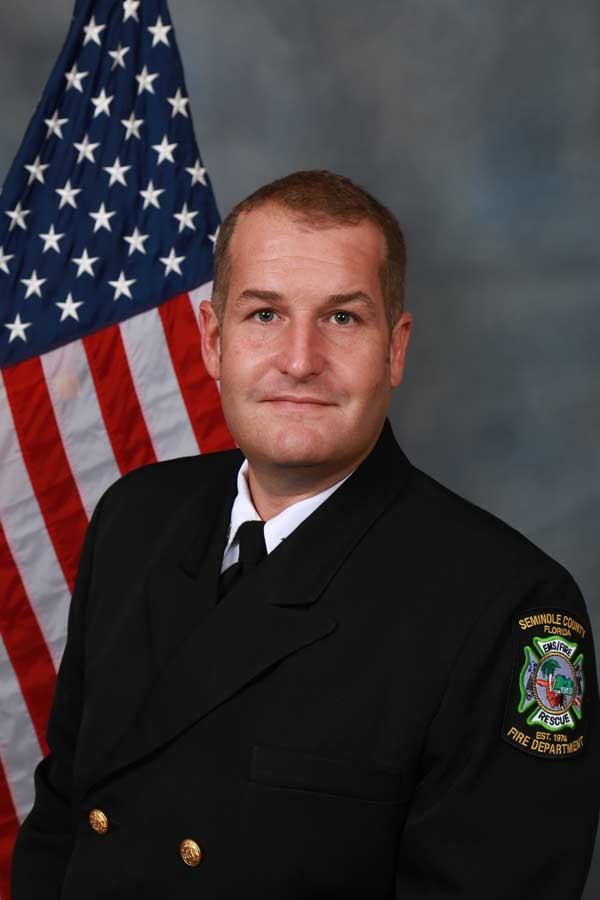
Overseeing the hazmat and all special operations is Assistant Chief of Special Operations Jason Prather. Chief Prather joined SCFD in 2003 as a firefighter and later joined its Special Hazards & Operations Team (SHOT). At his side is Lt. Benjamin Fulton, who joined SCFD in 2007 and SHOT in 2011. He oversees all in-house SHOT training as well as coordinates external hazmat training and classes.
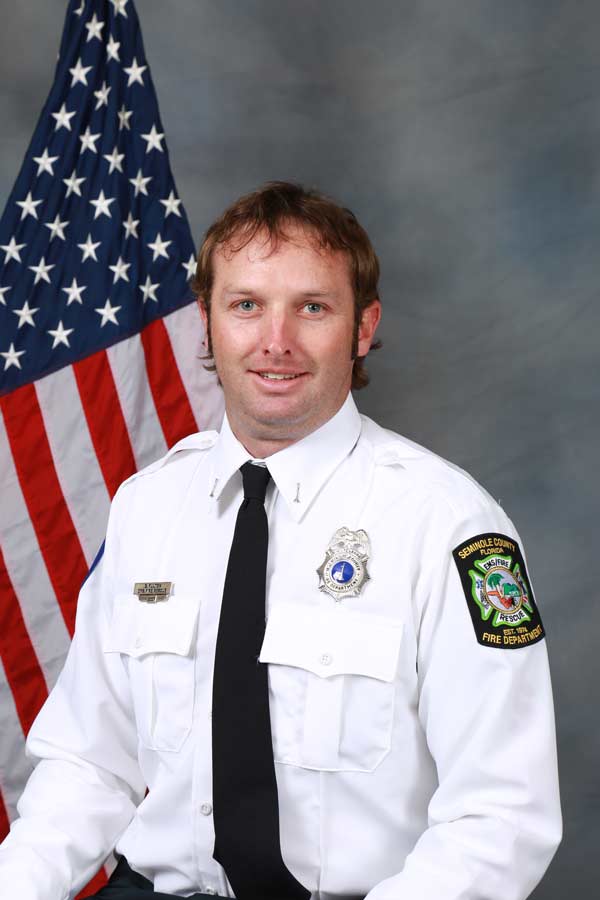
We talked with them about what it takes to effectively train hazmat responders.
Describe the type of students you train, how you train and the facilities you have at your disposal.
When it comes to training, our county closely works with all our municipalities. We take a proactive collaborative approach and avoid jurisdictional “borders” for training. We train strong, hard and together. On hazmat and other significant alarms, the county usually assists municipalities. That means, we all have to be on the same page in terms of training to function seamlessly. We all work together to ultimately serve the best interest of our residents. We believe counties that take this approach and work well with other municipalities can respond better when hazmat and all other significant alarms arise.
The 44,000-square-foot training center was bought in August 2003 and sits on 19.5 acres. It includes a regional training center, all-hazards training, a training tower and a burn building. We teach all disciplines at our training center, including hazmat 160, confined space, trench rescue, high-angle rope and more.
Training aids at our facility includes two rail car props, DOT 406 to practice fuel pump leak simulation, leak monster trailer, natural and propane gas props, confined space props, propane bobtail truck, various chlorine tanks and cylinders, chlorine A, B and C kit simulators, and a hazmat lab.
How do you mix up the training scenarios so they don’t become predictable or stale?
In hazmat — like any other discipline — you must constantly keep up with the industry and be creative. There’s always new changes, trends and meeting NFPA 470 standards.
Our SHOT was founded 30 years ago this year and it basically put our department on the map in terms of being a premier specialty unit. What our founders had in mind is what we still strive to keep up with today.
That includes:
1. Don’t become stale, predictable or sit on your laurels. Constantly push yourself, your personnel and all your trainers to learn and do more. That includes questioning and rethinking the way we do things every day. Hazmat skills involve a lot of problem solving, research and innovation; it’s not something that is constant.
2. Know your department’s weaknesses. For example, if you don’t have a lot of explosive/bomb experience in your department, you need to go to outside the departments to learn. Our department became stronger in skills by having personnel go out of state for key training. And those who learned from the outside taught us what they learned.
3. You get stronger by teaching. Our trainers become better at their craft by teaching others. We encourage strong personnel to teach, as their experience in the field is invaluable when instructing others.
4. Keep your skills sharp. Go to hazmat symposiums, skills competitions, etc.
What’s the key to best preparing responders to handle real scenarios outside of the controlled training environment?
In hazmat, it’s important to remember it’s a team. Training together provides the opportunity for crews to better trust each other and know their strengths and weaknesses. When real scenarios arise, a crew will rise to that challenge if they train correctly.
What is your biggest obstacle when conducting hazmat training?
Handing the logistics of training and trying to balance it without it affecting our operations due to our large call volume. Our hazmat rigs are the busiest in the county.
How we have dealt with this challenge is making training a priority and putting our foot down when it comes to scheduled training. We also have reserved two weeks every quarter for larger special ops training that many times involves hazmat.
The book Atomic Habits stresses the importance of repetitiveness in good habits, even if they are small. You have to make training part of your daily operations — not an afterthought.
What wicked training problem keeps you up at night?
Logistics and operations like above. You never want to put 911 calls in jeopardy, but in order to be the best for your citizens you serve, you need to train like the best. That requires sacrifice, planning and a stringent training schedule.
What would it take to solve it?
Hold firm on your scheduled training and do not waiver. Training must be one of the essential arms of your department.
What devices do you rely on most for realistic training?
The props we have are most of the hazmat we run in our county, from poly and steel natural gas pipe leaks underground to flaring of a propane tank, fuel tank leaks to tanker pump offs. Our leak monster has flange leaks, valve leaks all the way to pin hole leaks. Our 100/150 tanks and 1 ton cylinder props can actively leak as well. Our HazSim system helps us make the training more realistic and less predictable.
We have breakout rooms for hands-on unknown type hazmat situations. One is a bedroom, an office and a dirty lab. We also have a lab classroom where we teach meter reviews all the way down to wet chemistry. Some of our props are from real incidents that have taken place and we got to keep them after the call.
We also conduct training at facilities in our jurisdiction, do building walkthroughs and talk with the subject matter experts who run these high-hazard facilities.
How, if at all, do you alter training for new responders versus seasoned veterans?
We don’t separate the training. We find that our seasoned veterans benefit by helping our new crew members. Our “salty dogs” bring beneficial past experiences and examples. In real-life scenarios, we have veterans and new responders working as a crew, so we train together like we work. This is a beneficial model for training as we find that our seasoned veterans become even more proficient when they are teaching as part of the training process.
How do you keep the classroom portion of hazmat training fresh?
Avoid death by PowerPoint. Involve the class in research. Give activities for them to work on and group discussion. About a third of our training is in the classroom.
What’s the optimum class size and why?
Optimum is about 15 attendees in order to provide ample opportunity for hands-on training.
As a hazmat instructor, what’s been your biggest “ah-ha” teaching moment?
Our retired Chief Chris Johnson who helped found SHOT said, “Becoming proficient at a tool is one thing, but using that tool for something outside its original scope is something next level. And that’s when you know you’re good.”
That’s an “ah-ha” moment for hazmat. You need to learn everything and then learn beyond “the everything.” Translate it into critical thinking skills because in real-life scenarios it’s not all going to be cookbook.
What role does technology play in how you teach hazmat, and what does the future hold for it?
There is tons of technology in hazmat and you must keep up with the changes. You must understand your department’s capabilities and limitations of the ever-changing technology of equipment. For example, lithium-ion batteries are a big issue now. You always have to be able to evolve and also pull from the basics. Training technology, like our HazSim, is one device that lets us both evolve and work the basics.
How do you motivate members?
Give those with the want, the drive, and the skills in your department the opportunity to work in hazmat. We have three satellite hazmat engines at three stations, which give non-team members an opportunity to learn about the equipment. We find this works well for our department to make hazmat an integral fabric in our fire organization — not just a specialty team. We have 53 members on our SHOT and it’s important to get younger generations aware of the opportunities in the field.

